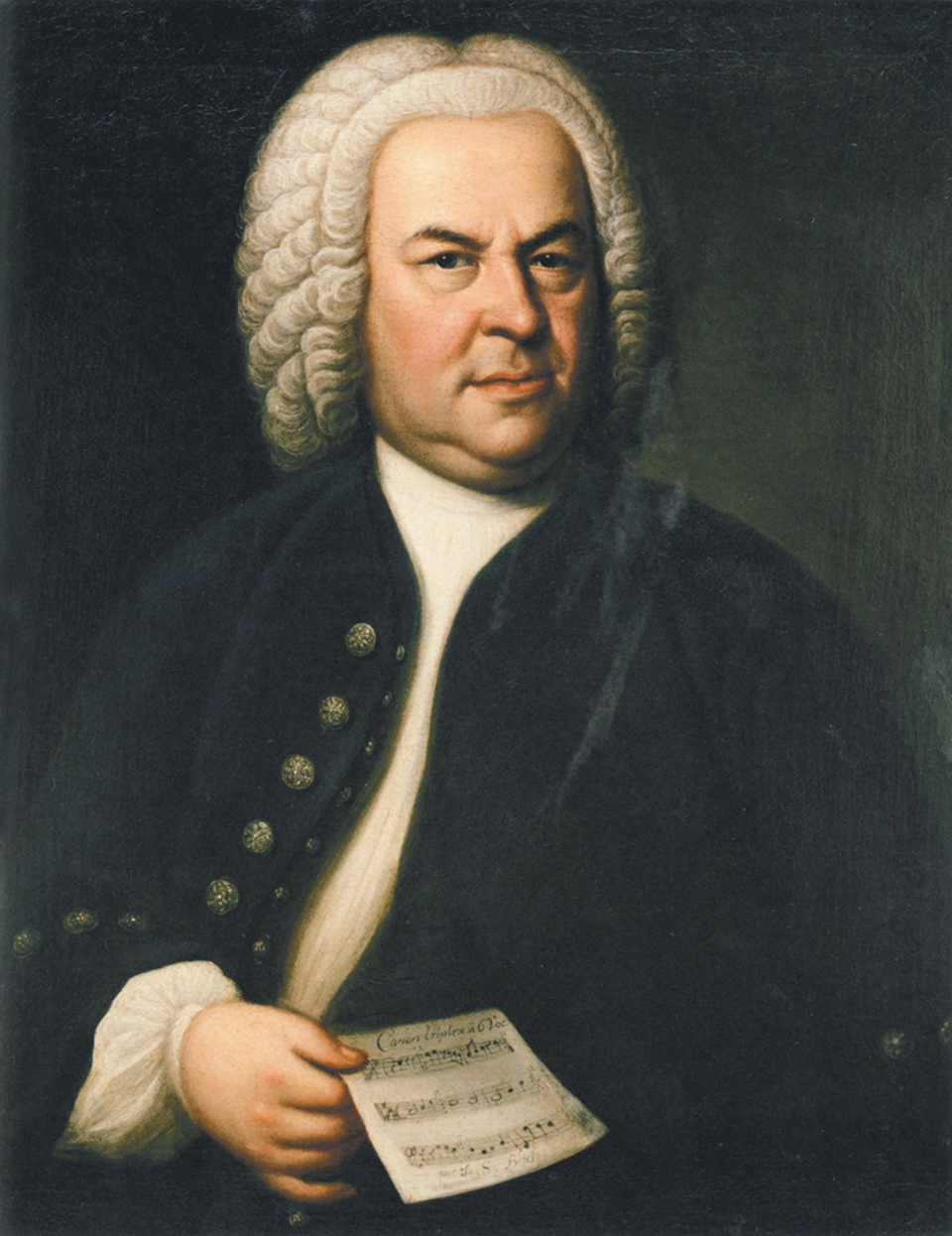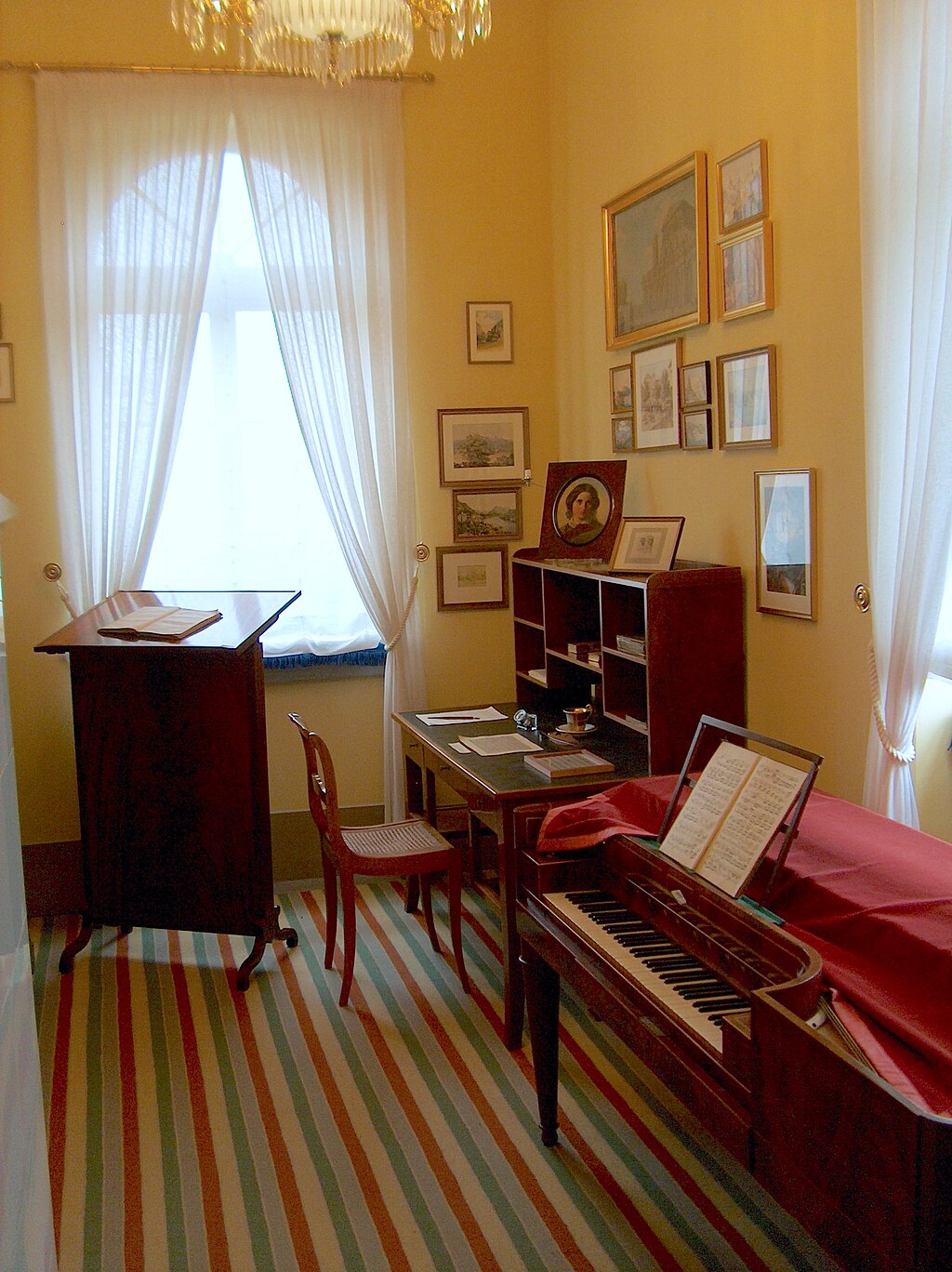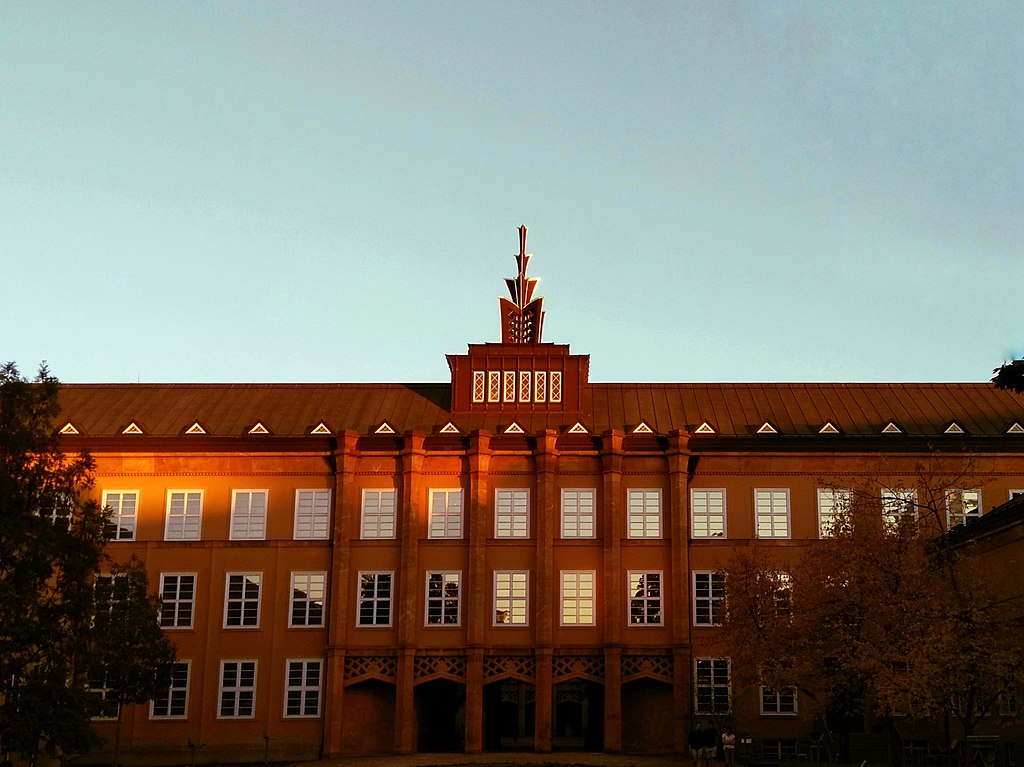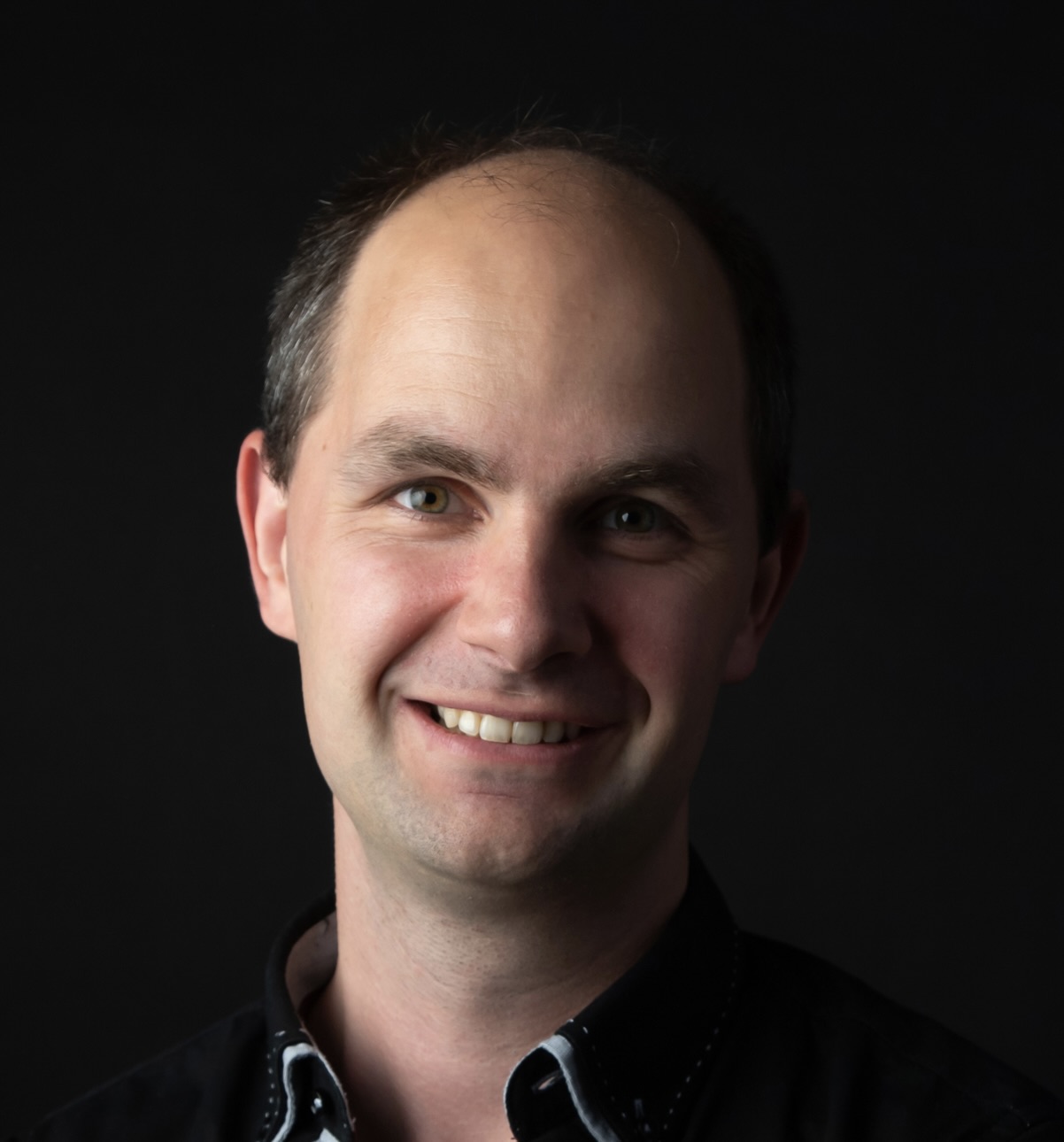The Leipzig Composer Museums: Mendelssohn, Schumann, and Bach
The incredible city of Leipzig, known in German as Stadt der Musik (City of Music), is a true heaven for musicians. It was home to three of the most important composers: J.S. Bach, Felix Mendelssohn, and Robert (and Clara) Schumann, who all lived in this wonderful city. Apart from these great museums, there is the most important instrument collection nestled in the middle of these museums and the grave of Johann Sebastian Bach in the Thomaskirche. When it comes to current musicianship, Leipzig is home to the Gewandhaus Orchestra, one of the greatest orchestras in the world.
In the 19th century, it was home to great composers like Mendelssohn and the Schumanns, and publishing houses such as Edition Peters and Breitkopf and Härtel were based here. It was one of the most important cities for the development of Romantic classical music. Leipzig became significant due to trading routes running through it in the 18th and 19th centuries, which created a relatively rich middle class interested in arts and intellectual pursuits. This prosperity fostered artistic entertainment, visible in the many salons that thrived in the 19th century. Leipzig was literally a magnet for intercultural artistic presence and, as a result, one of the driving forces of Romantic cultural development.
Bach Museum
The house of Bach, next to the Thomaskirche (Thomas Church), is the very house where he lived and worked. It showcases his life and family—nearly all of his children became composers—and offers plenty of audio samples of his compositions as well as manuscripts of his pieces. The museum has done a great job with interactive exhibits and a treasure room. Germany and the northern European countries are famous for their specialized music research, and this museum presents current research and ideas in special exhibitions such as Breakthroughs in the Study of Bach.
Bach had incredible, clear handwriting, and according to some scholars, the way he tied his notes—the swirls up and down—reflect the way he wanted the phrase to sound. In front of the church stands a gorgeous statue honoring the father of classical music, and inside the church, you will find his grave.
Visitors Museum
Location: Thomaskirchhof 15, 04109 Leipzig, Germany
Opening Hours:
Tuesday to Sunday: 10:00 AM – 6:00 PM
Closed on Mondays
Public holidays: 10:00 AM – 6:00 PM
First Tuesday of each month: Free admission
Admission Fees:
Adults: €10
Concessions: €8
Children up to 16 years: Free
Groups (10+): €9 per person
Special Offers:
LEIPZIG CARD holders receive a 25% discount on admission
Facilities:
Wheelchair accessible
Sensory-friendly environment
Highlights:
Permanent exhibition detailing the life and works of Johann Sebastian Bach
Special exhibitions, such as Breakthroughs in the Study of Bach
Guided tours available in multiple languages
Interactive exhibits and a treasure room

Mendelssohn Museum
Mendelssohn was born into the family of philosopher Moses Mendelssohn. His grandfather fought for the rights of the Jews and was important for rational thinking and reform in education. Felix’s father inherited a substantial sum, enabling the family to live within the city walls in central Berlin—a privilege granted only to the most important Jewish families. Mendelssohn left Berlin for Leipzig when appointed musical director of the Gewandhaus. He lived in the apartment where the museum is now located. Although he didn’t write about his house specifically, he loved living in the musical centre. This is a must-see for any classical music lover.
This genius left the world too early, just a couple of months after his sister died. He lived in a gorgeous house filled with paintings and family information. Mendelssohn was a disciplined man who preferred quiet and order for composing and rehearsing. One notable room in the house features two desks, one for sitting and one for standing. It can only be assumed that when feeling pain or discomfort at one position, he would change to the other without interrupting his composing. A curious eye-witness account was written down by Julius Schubring on Mendelssohn's way of composing, showing the genius of the man:
How he composed I [Julius Schubring] enjoyed only one opportunity of witnessing. I went one morning into his room, where I found him writing music. I wanted to go away again directly, so as not to disturb him. He asked me to stop, however, remarking, 'I am merely copying out.' I remained in consequence, and we talked of all kinds of subjects, he continuing to write the whole time. But he was not copying, for there was no paper but that on which he was writing. The work whereon he was busy was the Grand Overture in C major, there was no looking forwards or backwards, no comparing, no humming over, or anything of the sort; the pen kept going steadily on, slowly and carefully, it is true, but without pausing, and we never ceased talking. The copying out, therefore, as he called it, meant that the whole com-position, to the last note, had been so thought over, and worked out in his mind, that he beheld it there as though it had been actually lying before him.
Lebrecht, N. (1985). The Book of Musical Anecdotes. Free Press P.131
Mendelssohn hosted a salon here where guests ate, drank, and music was played until late. Salons were a common gathering place for society’s elite. Especially famous was his brilliant sister Fanny Mendelssohn, who passionately took on the role of salonière. She also promoted female composers and musicians, who, except for prominent exceptions like Clara Schumann and Pauline Viardot, were often not allowed to perform publicly. Young children like the Milanollo sisters often stopped performing after marriage (one died from exhaustion and tuberculosis, a result of exhausting concert schedules and travel). Salons were crucial not only for socializing but as places to secure funding for concerts, tours, and cultural development broadly.
Visitors information:
Location: Goldschmidtstraße 12, 04103 Leipzig, Germany
Opening Hours:
Open daily: 10:00 AM – 6:00 PM
24th and 31st December: 10:00 AM – 3:00 PM
Admission Fees (2025):
Adults: €10
Reduced: €8
Children and students up to 18 years: Free
Annual museum ticket: €30
Leipzig Pass holders: €3.50
Leipzig Pass concert ticket: €5.00
Concerts:
Sundays at 11:00 AM
Reservations recommended via email
Contact:
Phone: +49 341 127 02 94
Email: info@mendelssohn-stiftung.de
Website: mendelssohn-stiftung.de

Schumann House
Another great composer’s house in Leipzig is that of Clara and Robert Schumann. They lived here for the first four years of their marriage (1840–44). Their home hosted many evenings attended by key cultural figures of Europe and can be considered one of the hubs that shaped modern culture. The museum contains many artifacts, including rooms dedicated to their travels and concert tours, plus an interactive space filled with their music.
I was extremely surprised and deeply impressed during my visit. The municipality created a music school in the floor beneath the museum, making the space inspiring for young children connected to a home where German Romanticism was created, and where intellectuals like Berlioz, Liszt, and of course Mendelssohn gathered to discuss, exchange, and create their wonderful music. This connection acts as a powerful incentive for young students and their teachers, bringing deep cultural heritage into their daily lives. I find it absolutely brilliant and vital how Germany nurtures its cultural heritage, something that will only grow in importance.
During his time in this house, Schumann composed significant works like his Third Symphony and Piano Quintet. More broadly, Leipzig was pivotal in Schumann’s career. He came in 1830 to study with the father of his future wife and composed a remarkable amount of works here, including Kreisleriana and Fantasie. I recorded these pieces in 2024;
Visitors Information
Website: www.schumannhaus.de
Opening Hours: Varies; check the official website
Accessibility: Wheelchair accessible, with lifts and suitable facilities for visitors with disabilities.
Instrument Museum at the University
If you have time for another visit in Leipzig, I highly recommend the university’s Instrument Museum, also called GrassiMuseum. It houses one of the largest collections of musical instruments in the world, with over 10,000 objects including European, non-European, and Asian instruments, covering Renaissance and Baroque eras. Included are several instruments once owned by important composers like Mendelssohn and Bach.
Two highlights are a clavichord from 1542 by Domenicus Pisaurensis, one of the oldest clavichords in the world, and a favoured instrument of Bach. The clavichord is unique among keyboard instruments because the player can perform a vibrato effect, usually only possible on string instruments—a feature I love exploring during performances. Another treasure is the 1726 fortepiano by Bartolomeo Cristofori, considered among the oldest surviving pianos.
Visitors Information
Opening Hours: Tuesday to Saturday, 10:00 AM – 6:00 PM
Public tours: Sundays at 2:30 PM
Website: uni-leipzig.de
Admission: Adults €6, Reduced €3, Children free
Location: Conveniently near Leipzig’s city centre, close to landmarks like the Opera and Gewandhaus concert hall.

Extra Links:
- https://www.leipzig.travel/en/discover/city-of-music
- https://www.leipzig.travel/en/discover/music/Leipzig-composers
- https://www.bachmuseumleipzig.de/en/bach-museum
Sailing with Viking Cruises, AmaWaterways, Avalon, or Uniworld? As a concert pianist and cultural expert, I’ll guide you to Europe’s finest music venues, museums, and concerts. Elevate your cruise experience with exclusive performances and curated cultural excursions that bring history and music alive. We can plan a customised trip to museums like the ones mentioned above in Leipzig so that you can experience the rich heritage which Leipzig has to offer. Book your tailor-made cruise music journey today.
Book a call now for consultation

Robert Poortinga
Travel Booking Assistant
River cruise & Europe destination expert
Culinary and art travel specialist
.svg)
_Black.png)